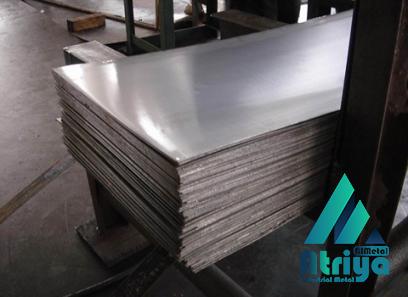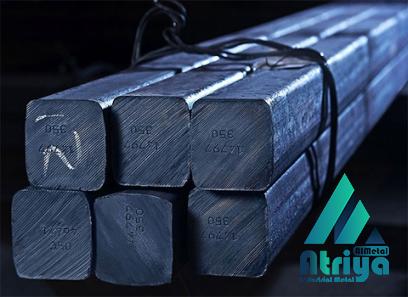Cast iron and mild steel are two common materials used in various industries for a wide range of applications. While they share some similarities, they also have distinct characteristics that make them suitable for different purposes. Understanding the differences between cast iron and mild steel is crucial when selecting the most appropriate material for a specific project. Cast iron is a strong and brittle material that is made by melting iron and adding a small amount of carbon. It is known for its excellent heat retention and uniform heat distribution properties, making it ideal for applications that involve high heat, such as casting molds, cooking utensils, and engine parts.

.
 Cast iron is also highly resistant to wear and corrosion, making it a popular choice for industrial machinery and equipment that undergoes heavy use. One of the distinct features of cast iron is its carbon content, which ranges between 2% to 4%. This higher carbon content gives cast iron its characteristic hardness and brittleness. However, this brittleness also makes it more prone to cracking under excessive pressure or force. Therefore, it is not recommended for applications that require high tensile strength or impact resistance. On the other hand, mild steel, also known as low carbon steel, is a versatile material that is widely used in construction, automotive, and manufacturing industries.
Cast iron is also highly resistant to wear and corrosion, making it a popular choice for industrial machinery and equipment that undergoes heavy use. One of the distinct features of cast iron is its carbon content, which ranges between 2% to 4%. This higher carbon content gives cast iron its characteristic hardness and brittleness. However, this brittleness also makes it more prone to cracking under excessive pressure or force. Therefore, it is not recommended for applications that require high tensile strength or impact resistance. On the other hand, mild steel, also known as low carbon steel, is a versatile material that is widely used in construction, automotive, and manufacturing industries.
..
 It is made by adding a small amount of carbon (up to 0.3%) to iron, resulting in a material that is relatively ductile, malleable, and easy to shape. Mild steel has a lower carbon content compared to cast iron, which significantly increases its tensile strength and impact resistance. Mild steel is often preferred for applications that require a combination of strength, toughness, and cost-effectiveness. It is commonly used in the construction of buildings, bridges, pipelines, and automotive components. Mild steel is also easy to weld and fabricate, making it a popular choice for manufacturers. While cast iron and mild steel have different properties and applications, it is important to note that both materials can be susceptible to corrosion.
It is made by adding a small amount of carbon (up to 0.3%) to iron, resulting in a material that is relatively ductile, malleable, and easy to shape. Mild steel has a lower carbon content compared to cast iron, which significantly increases its tensile strength and impact resistance. Mild steel is often preferred for applications that require a combination of strength, toughness, and cost-effectiveness. It is commonly used in the construction of buildings, bridges, pipelines, and automotive components. Mild steel is also easy to weld and fabricate, making it a popular choice for manufacturers. While cast iron and mild steel have different properties and applications, it is important to note that both materials can be susceptible to corrosion.
…
 Proper maintenance and protective measures, such as applying coatings or galvanizing, are essential to prevent corrosion and prolong the lifespan of structures or machinery made from these materials. In summary, cast iron and mild steel are two widely used materials with distinct characteristics. Cast iron is known for its high heat retention, uniform heat distribution, and resistance to wear and corrosion. It is an ideal choice for applications involving high heat or heavy use. Mild steel, on the other hand, offers a combination of strength, toughness, and cost-effectiveness, making it suitable for a wide range of applications in various industries. Understanding the differences between these materials is crucial when selecting the most appropriate material for a specific project.
Proper maintenance and protective measures, such as applying coatings or galvanizing, are essential to prevent corrosion and prolong the lifespan of structures or machinery made from these materials. In summary, cast iron and mild steel are two widely used materials with distinct characteristics. Cast iron is known for its high heat retention, uniform heat distribution, and resistance to wear and corrosion. It is an ideal choice for applications involving high heat or heavy use. Mild steel, on the other hand, offers a combination of strength, toughness, and cost-effectiveness, making it suitable for a wide range of applications in various industries. Understanding the differences between these materials is crucial when selecting the most appropriate material for a specific project.











Your comment submitted.